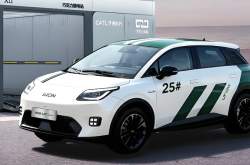Will Luxury Car Prices Drop by 20,000 After the Adoption of Electromagnetic Chassis Technology?
![]() 01/17 2025
01/17 2025
![]() 418
418
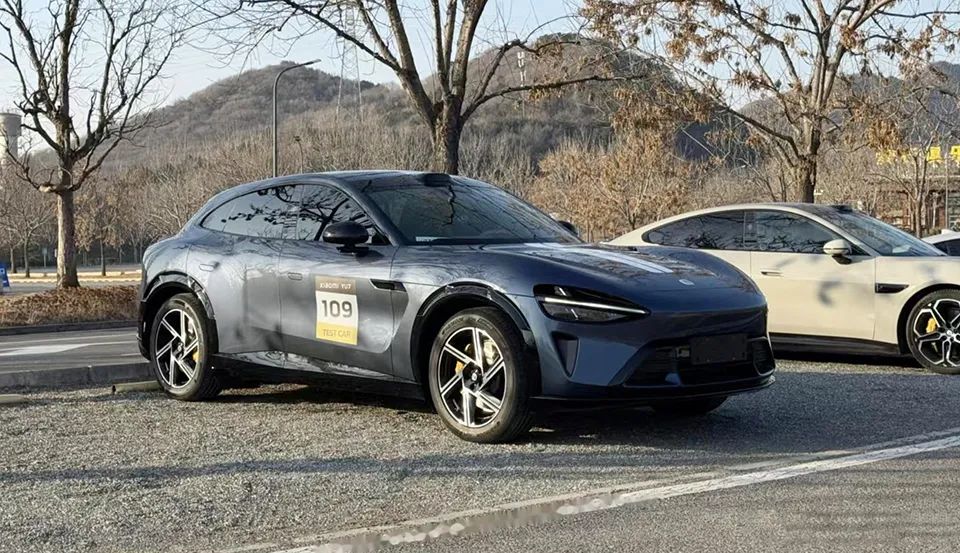
In 2024, the automotive industry saw a surge of new technologies, primarily centered around electrification, intelligent driving, and advanced algorithms. However, in 2025, the spotlight shifts back to the traditional hardware of the chassis. Prominent smart chassis systems include Huawei's Tuling, IM Motors' Lingxi digital chassis, EXEED's Flying Fish, NIO's Tianxing, LIXIANG ONE's Magic Carpet, and BYD's comprehensive Cloud Suspension. These systems, both active and passive, aim to enhance suspension performance using road data, offering comfort and handling superior to traditional shock absorbers. To achieve this, air suspension and CDC damping systems have become indispensable. Yet, is this the pinnacle of smart chassis technology? Must air suspension be present for a chassis to be considered superior? The answer is no. With the advent of electromagnetic technology, traditional air suspension may soon be relegated to second-tier status, potentially driving down vehicle prices even further.
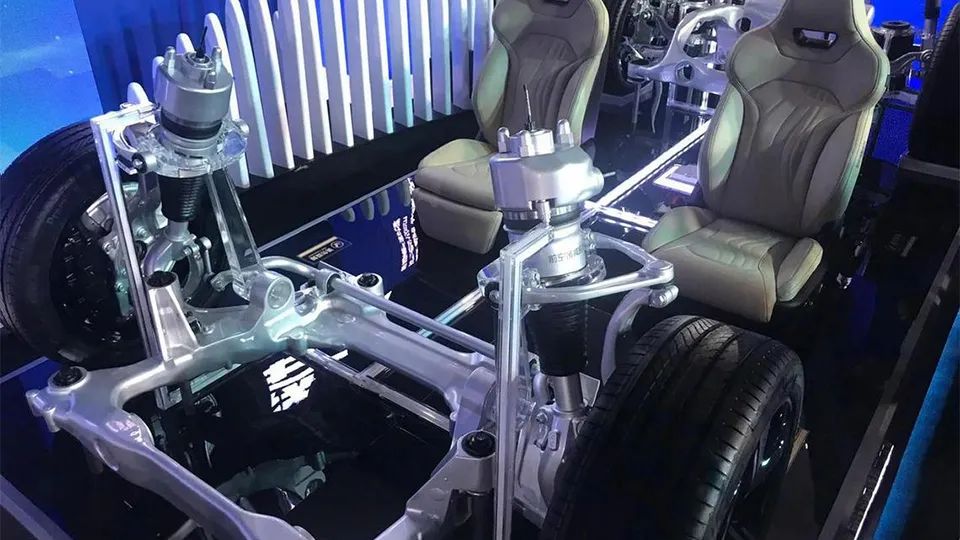
Could electromagnetic chassis, leveraging rapid magnetic field adjustments, render traditional air springs obsolete?
To fully grasp suspension technology, one must start with its fundamental components: elastic elements, shock absorbers, and force transmission devices. Elastic elements, such as shock absorption springs, bear weight and transmit vertical loads. Passenger vehicles commonly use spiral or air springs, while trucks typically rely on leaf springs. Shock absorbers control spring movement, and force transmission devices, like connecting rods, link the suspension to the vehicle body. Balancing these components is where OEMs' expertise truly shines.
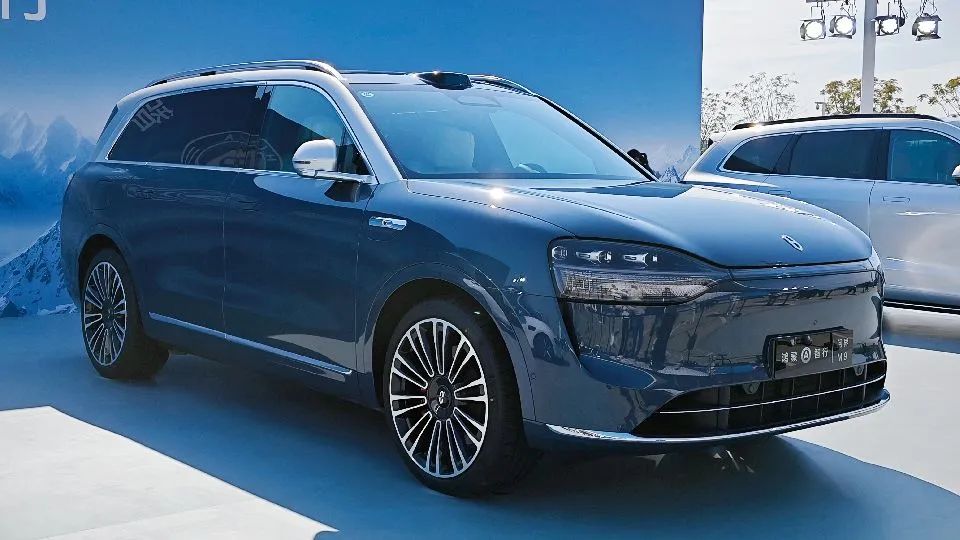
Is there a way to bypass intricate tuning and maximize comfort? Yes, air suspension can achieve this by replacing metal springs. It compresses and releases air within the air tank, adjusting suspension travel and stiffness, even evolving into multi-chamber air springs for enhanced performance. However, it comes with drawbacks: air pump failures or spring leaks can affect driving and increase maintenance costs. Frequent compression accelerates equipment aging. For urban SUVs, air springs mainly enhance comfort rather than off-road capability. Is there a more cost-effective alternative?
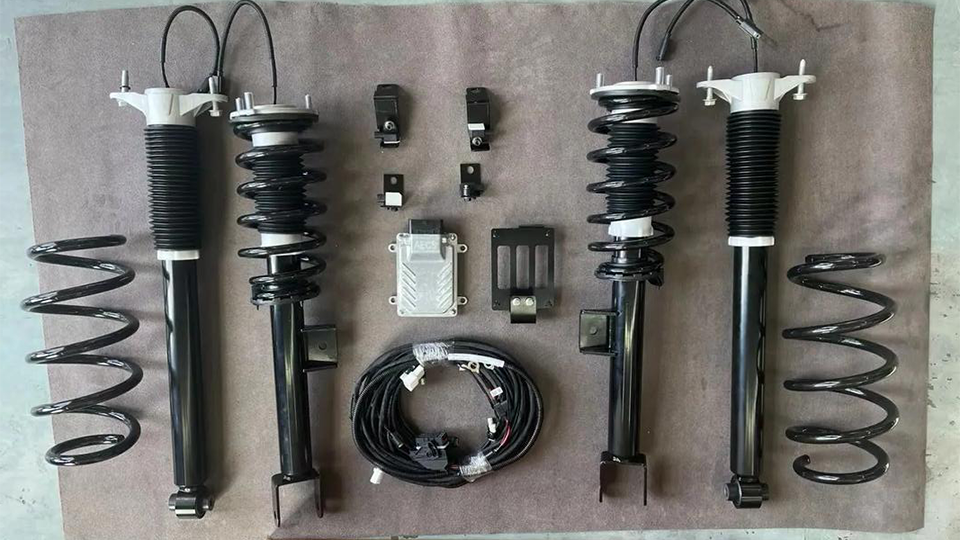
Currently, magnetorheological technology stands out as a mature and stable option. It uses electromagnetic induction, closely related to solenoid valve damping suspension. Instead of altering oil pressure or damping orifice size, magnetorheological suspension replaces the cylinder medium with magnetorheological fluid and electromagnetic coils. This fluid contains magnetic field-sensitive particles. Unpowered, it behaves like a Newtonian fluid with minimal damping, making the suspension "softest." Upon powering, the coils generate a magnetic field, chaining the particles, acquiring viscoplasticity, and increasing damping.
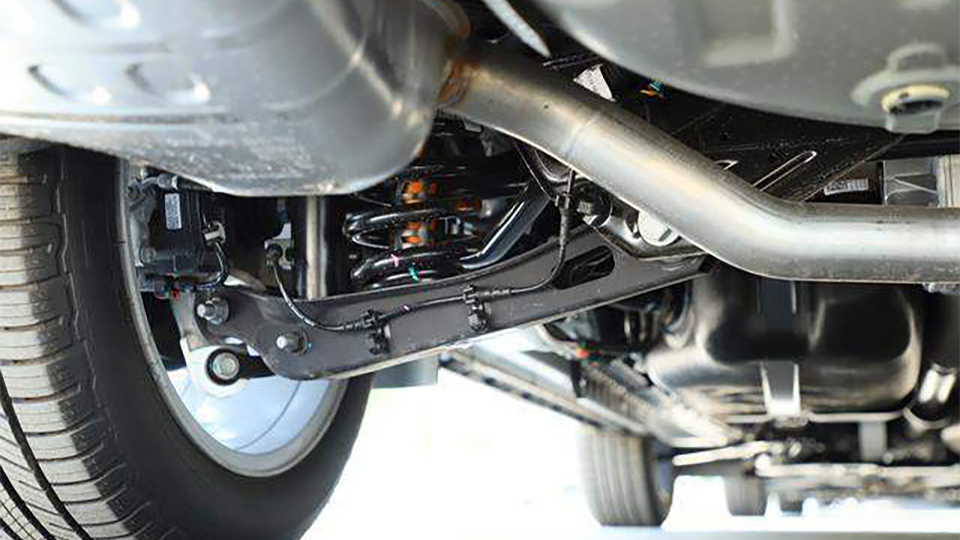
Magnetorheological suspension's damping adjustment is directly tied to current intensity. Greater current equals stronger magnetic fields and higher damping. Unlike solenoid valves, it doesn't require bottom sensors, ECU control, or transmission to the solenoid valve. Subtle current changes adjust damping within 10-15 milliseconds, universal across models. It also addresses production consistency and supply chain costs, potentially lowering prices below traditional solenoid valves, directly replacing air springs cost-wise.
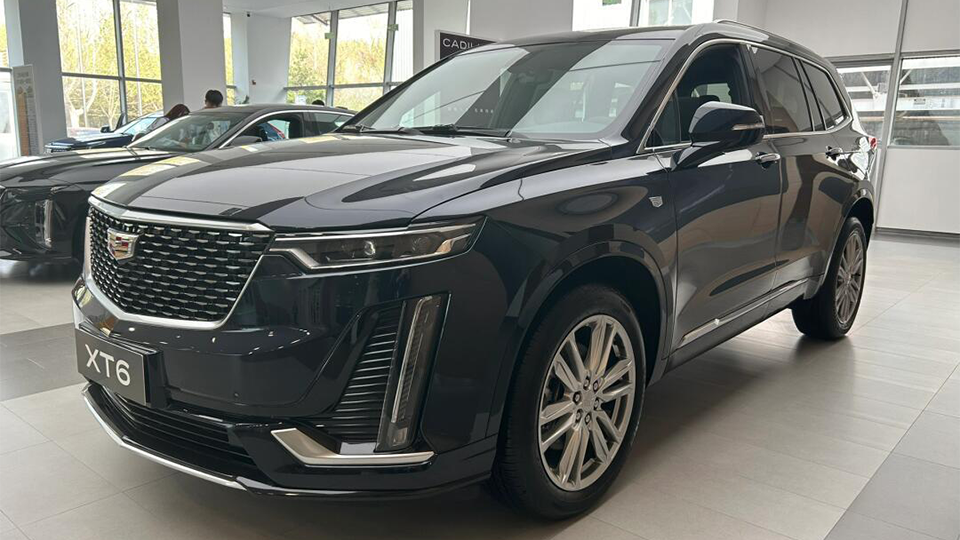
Will smart car prices drop by 20,000 with the advent of dual-valve CDC and levitation motors?
Magnetorheological suspension employs electromagnetic reaction, replacing traditional oil with a special fluid containing metal particles. It offers faster response than solenoid valves or multi-chamber air springs, providing a broader dynamic adjustment range and instantaneous damping stiffness variation across conditions. Some argue that chassis height adjustment requires Z-axis active control, which magnetorheological suspension lacks due to its reliance on traditional metal springs. Doesn't this imply air suspension is necessary for active smart chassis?
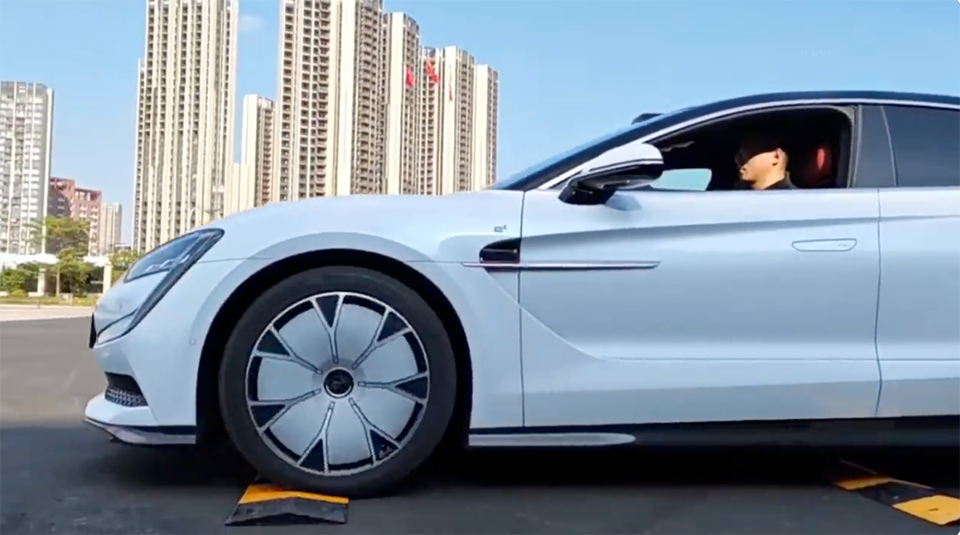
Actually, this isn't the case. Electromagnetic principles can replace metal springs and hydraulic shock absorbers with levitation motors mounted on double-wishbone suspensions. These motors leverage electromagnetic components for rapid magnetic flux adjustment, enabling X, Y, and Z-axis performance tuning. They can even recover energy to charge batteries, adjusting within 10 milliseconds. This is BYD Atto 3's Cloud Suspension-Z technology. Z-axis active operation doesn't necessitate air suspension, answering the question again. Beijing West Industries Group recently localized fourth-generation magnetorheological suspension components and manufacturing, reducing supply chain costs to traditional solenoid valve levels. This indicates magnetorheological suspension will replace single-structure air suspension and solenoid valves, potentially pushing the air spring + CDC combination into mid-to-low price segments.
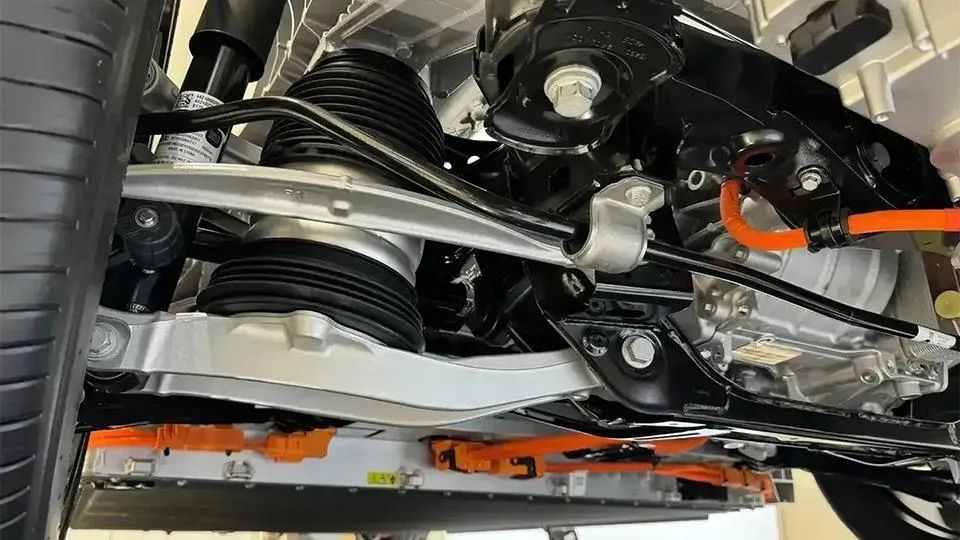
On one hand, levitation motor technology's complexity rivals multi-chamber air springs, implying higher production and maintenance costs. However, its millisecond-level electromagnetic adjustment differs significantly from air springs. On the other hand, active chassis adjustment can be achieved through dual-valve CDC logic, potentially extending 48V high-bandwidth by-wire technology. This technology operates CAN Ethernet buses at gigabit speeds, enabling faster data transmission and larger capacities crucial for by-wire steering and chassis. While not as fast as current-induced magnetic field changes, a Z-axis thrust pump could solve the issue.
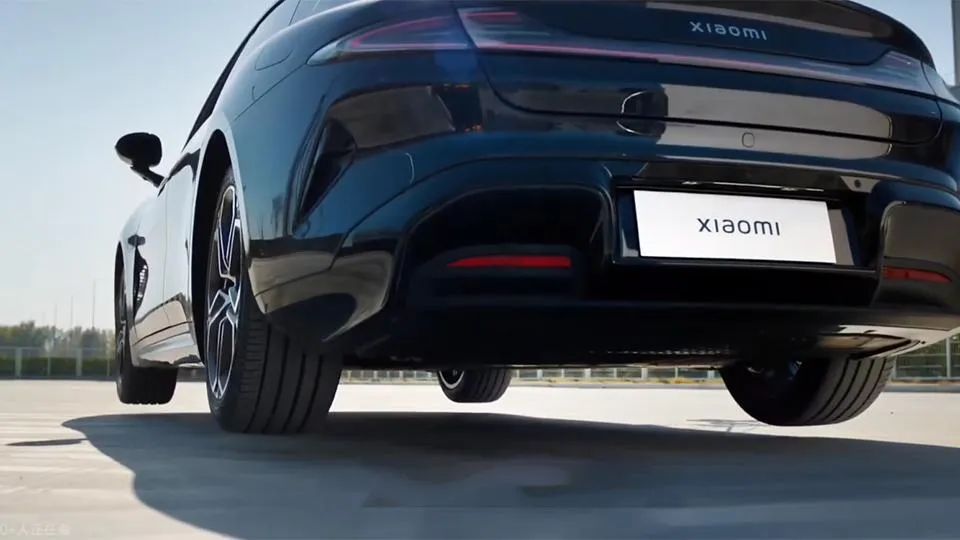
Structurally, Xiaomi's dual-valve CDC technology is a damping system. Discussing damping invariably involves metal shock absorption springs, seemingly limiting Z-axis movement. However, the new solution eschews elastic elements, adding a solenoid valve within the damping cylinder. A 4.6kW power pump at the lower control arm and shock absorber connection point exerts pressure, influencing cylinder chamber oil pressure. The ECU simultaneously controls damping orifice size, achieving a 140mm Z-axis movement range. This adjustment is more extreme and faster than multi-chamber closed air springs, aligning with next-generation smart chassis requirements for intelligent driving cross-domain execution.
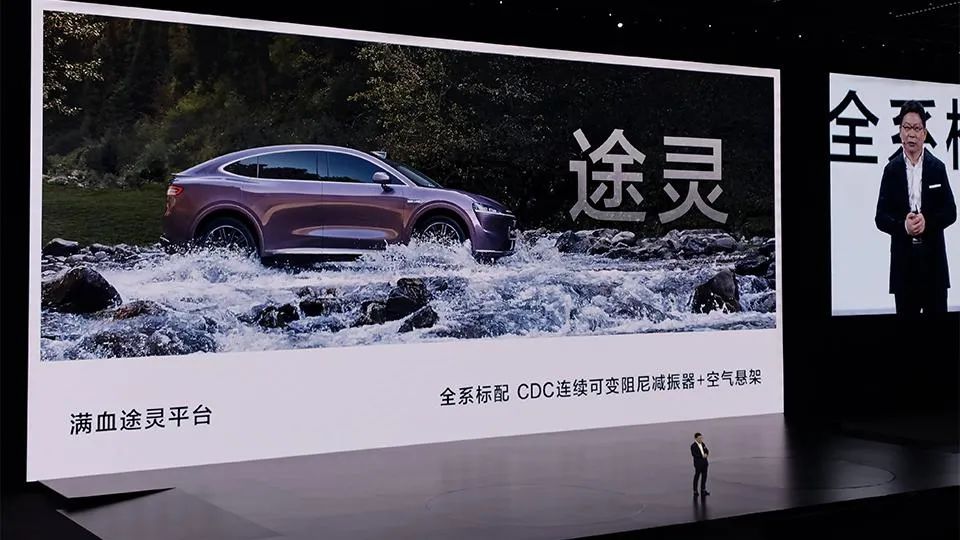
This active adjustment mimics air springs but offers a 40,000N lifting force. It can perform consecutive jumps, mitigate pitch and roll, and achieve in-place turns without additional motors. Surprisingly, it may even exhibit motorcycle-like cornering lean. Therefore, the air spring + CDC combination will likely appear in vehicles priced below 200,000 yuan. IM Motors' LS6, with a full-featured Tuling chassis, is priced below 230,000 yuan, and LIXIANG ONE's Magic Carpet chassis version at 249,800 yuan. Amid technological competition, once these technologies reach the 300,000 yuan range, luxury vehicles with air springs could see price reductions of at least 20,000 yuan.

